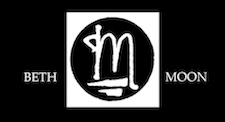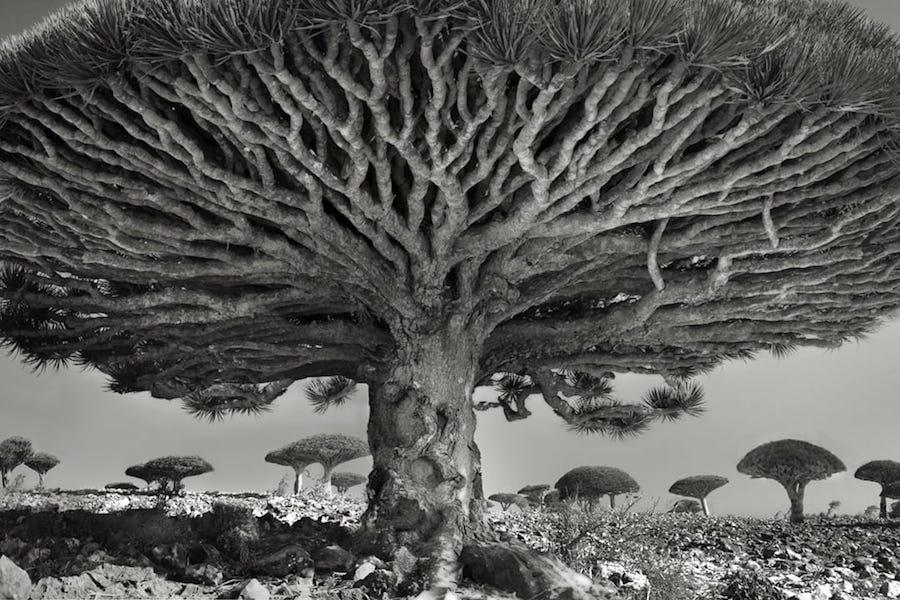There are few places left on earth so remote and untouched by time. Socotra is one of the world’s last truly wild places with a uniquely diverse and enchanting landscape of surreal beauty. Glimpsing the dragon’s blood trees that mantle the Haghier Mountains, one imagines this is what the world must have looked like millions of years ago.
Situated in the Arabian Sea off the horn of Africa, ruled by Yemen, the island of Socotra is home to over 700 native plants and animals found nowhere else on the earth. Cut off from the rest of the world due to hazardous travel and relentless monsoon winds, the island now has flights from the main land.
Most astonishing are the trees! Living up to 500 years, the mythical dragon’s blood tree with vertical trunk and arching canopy could easily be imagined as an umbrella blown inside out. When the trunk is cut, a scarlet colored resin oozes from the tree prized for its celebrated medicinal qualities. Once a vast forest, these remaining trees, unique to Socotra are now classified as endangered. Recent years have shown a troubling decline due to over grazing and insufficient cloud cover needed for young saplings.
Smelling the sweet and very valuable amber resin that oozes from the frankincense tree one can easily imagine why it has been traded for over 5,000 years. Recent studies reveal this aromatic resin relieves depression and anxiety. With a wide variety of uses from spiritual to medicinal used in religious ceremonies, it was thought the smoke would take prayers to heaven.
Another amazing sight in the bizarre, alien-like landscape are the bottle trees, or desert rose as they are called; plump and leathery, which can grow quite bulbous, storing water as a safeguard against dry spells. Blooming in spring with a flush of pink flowers, they apparently do not require soil, sinking their roots straight into bare rock.
Socotra is home to 50,000 natives that speak an unwritten, sing-song, ancient language unlike Arabic. Islanders live simply and self-sufficiently relying on fishing, goat herding and date farming, living harmoniously with nature, harvesting only what is needed. The island is still managed according to custom and tradition based on an intimate knowledge of the environment.
I believe it is through the unique vegetation that the spirit of Socotra is defined, with mythical trees like the dragon’s blood tree or the fabled frankincense trees and the island’s culture so closely linked to nature which sets this island apart from the rest of the world.

